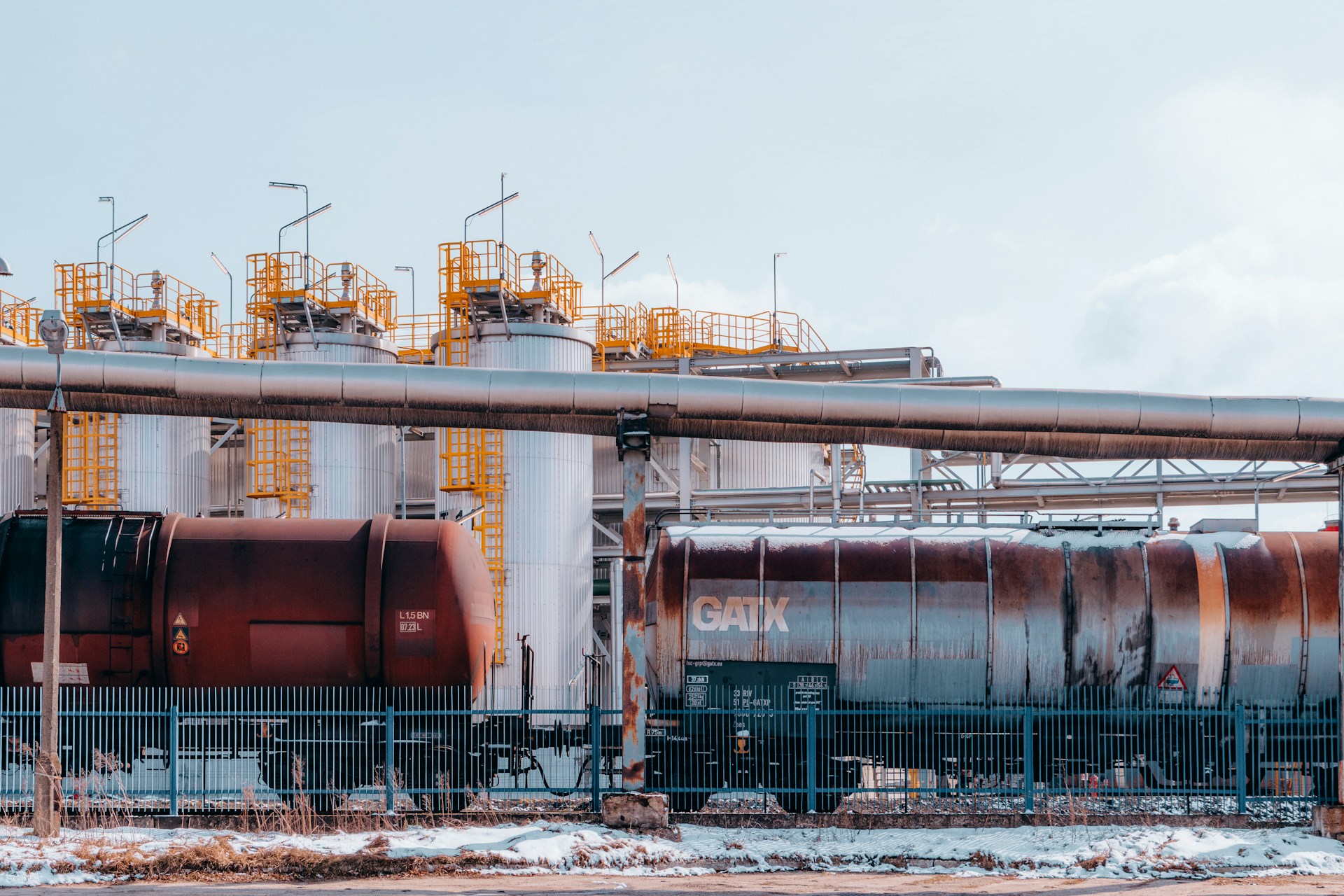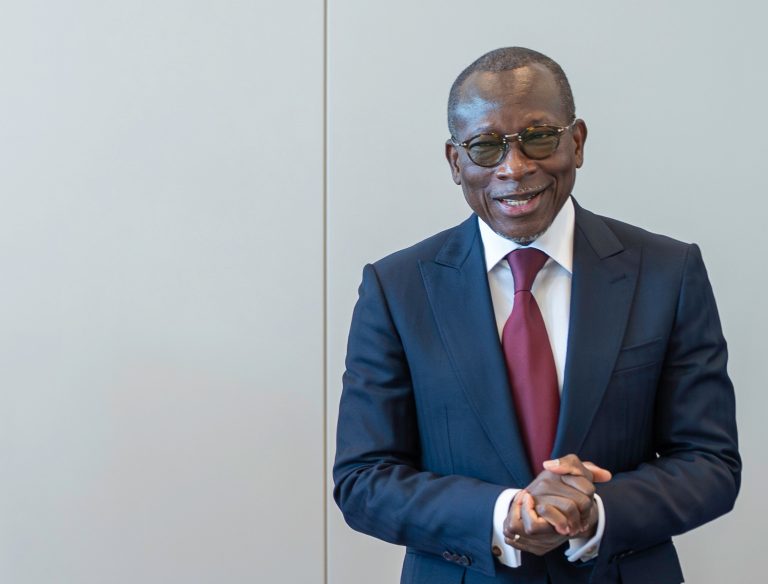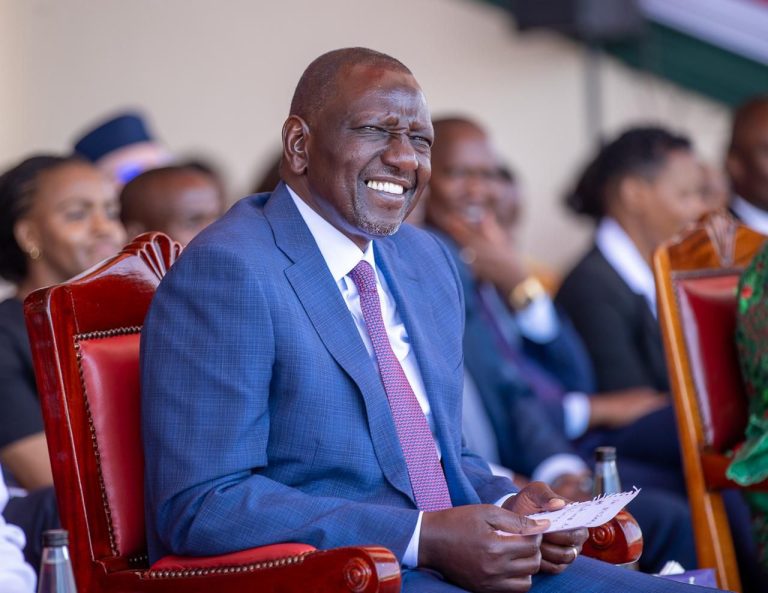- Angola’s producer prices fell for third consecutive month
- Decline driven by lower oil and gas prices amid fiscal strain
LUANDA, ANGOLA – Angola’s producer prices dropped 1.27% in September, extending a three-month decline led by weaker extractive industry prices, official data showed.
The National Institute of Statistics (INE) said the fall followed declines of 0.57% in July and 2.32% in August, signalling slowing industrial price momentum even as manufacturing output edged slightly higher.
INE data indicated that prices in the extractive industry – which includes oil and diamond production – fell 1.52% in September, marking the steepest drop among all industrial sectors. The extractive sector accounts for the bulk of Angola’s industrial output. The decrease was mainly attributed to lower oil and gas prices.
In contrast, manufacturing prices rose by 0.30%, providing a modest offset.
“The year-on-year variation rate of the PPI was set at -2.28%, recording an increase of 3.83 percentage points when compared with the same period in 2024,” INE said in its monthly bulletin. “Regarding the monthly variation by goods categories, investment goods recorded the highest variation with 0.66%, being 0.06 percentage points lower than that recorded in the previous month.”
Energy product prices declined 1.57% in September, the main contributor to the overall PPI fall. The drop was 0.90 percentage points higher than the August decrease, INE noted.
Oil output lags forecast
Angola, Africa’s third-largest oil producer after Nigeria and Libya, pumped 1.03 million barrels per day (bpd) in August – up from 998,757 bpd in July – after dipping below the one-million-barrel mark for the first time since exiting OPEC in December 2023. Production improved slightly to 1.05 million bpd in September, still missing government targets.
The National Agency for Petroleum, Gas and Biofuels had projected 1.09 million bpd for August and 1.127 million bpd for September. Both targets were missed, underlining the industry’s struggle with ageing fields and limited new investment.
The government’s 2025 budget assumes an oil price of $70 per barrel, but Brent crude averaged $67 in September. The shortfall has squeezed fiscal revenues, limiting Angola’s ability to fund infrastructure projects without resorting to borrowing.
Last month, the International Monetary Fund (IMF) warned that Angola’s fiscal position had “deteriorated, reflecting lower oil prices and production challenges,” projecting the overall deficit to widen to 2.8% of GDP in 2025 from 1.0% in 2024. It added that “near-term financing pressures remain elevated due to sizable maturing external debt.”











